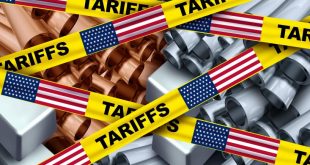Asian currencies remained largely steady on Monday, while the U.S. dollar saw a modest uptick as investors sought safe-haven assets following the shocking attempted assassination of former U.S. President Donald Trump over the weekend.
Market Activity Subdued, Yen in Focus
Trading volumes across Asia were noticeably thin due to a Japanese market holiday. The yen experienced a slight weakening against the dollar, keeping market participants vigilant for potential government intervention in the currency markets.
Last week saw Asian currencies make significant gains against the dollar, buoyed by growing optimism surrounding potential interest rate cuts by the Federal Reserve. While the dollar regained some ground on Monday, it still bore the brunt of substantial losses accumulated over the past fortnight.
China’s Economic Data Impacts Sentiment
The release of weaker-than-expected gross domestic product data from China cast a shadow over Asian market sentiment, leading to a slight depreciation of the yuan.
Dollar Strengthens Amid Political Uncertainty
Both the dollar index and dollar index futures edged up 0.1% in Asian trading, rebounding from a one-month low reached last week.
The greenback attracted investors following a shooting incident at a Trump rally in Pennsylvania, where the former President sustained a minor injury to his ear. In a display of resilience, Trump was seen rallying his supporters to “fight!” in the aftermath of the attack.
Trump’s Political Prospects and Market Implications
With Trump slated to appear at the 2024 Republican convention later this week, he is widely expected to secure the nomination as the party’s leading presidential candidate.
Market analysts suggest that the assassination attempt may have inadvertently boosted Trump’s chances of victory over incumbent President Joe Biden. This scenario could potentially benefit the dollar in the long term, given Trump’s known inclination towards protectionist trade policies.
As global markets digest these developments, investors remain alert to potential shifts in political landscapes and their implications for currency movements and broader economic policies.
 Noor Trends News, Technical Analysis, Educational Tools and Recommendations
Noor Trends News, Technical Analysis, Educational Tools and Recommendations





